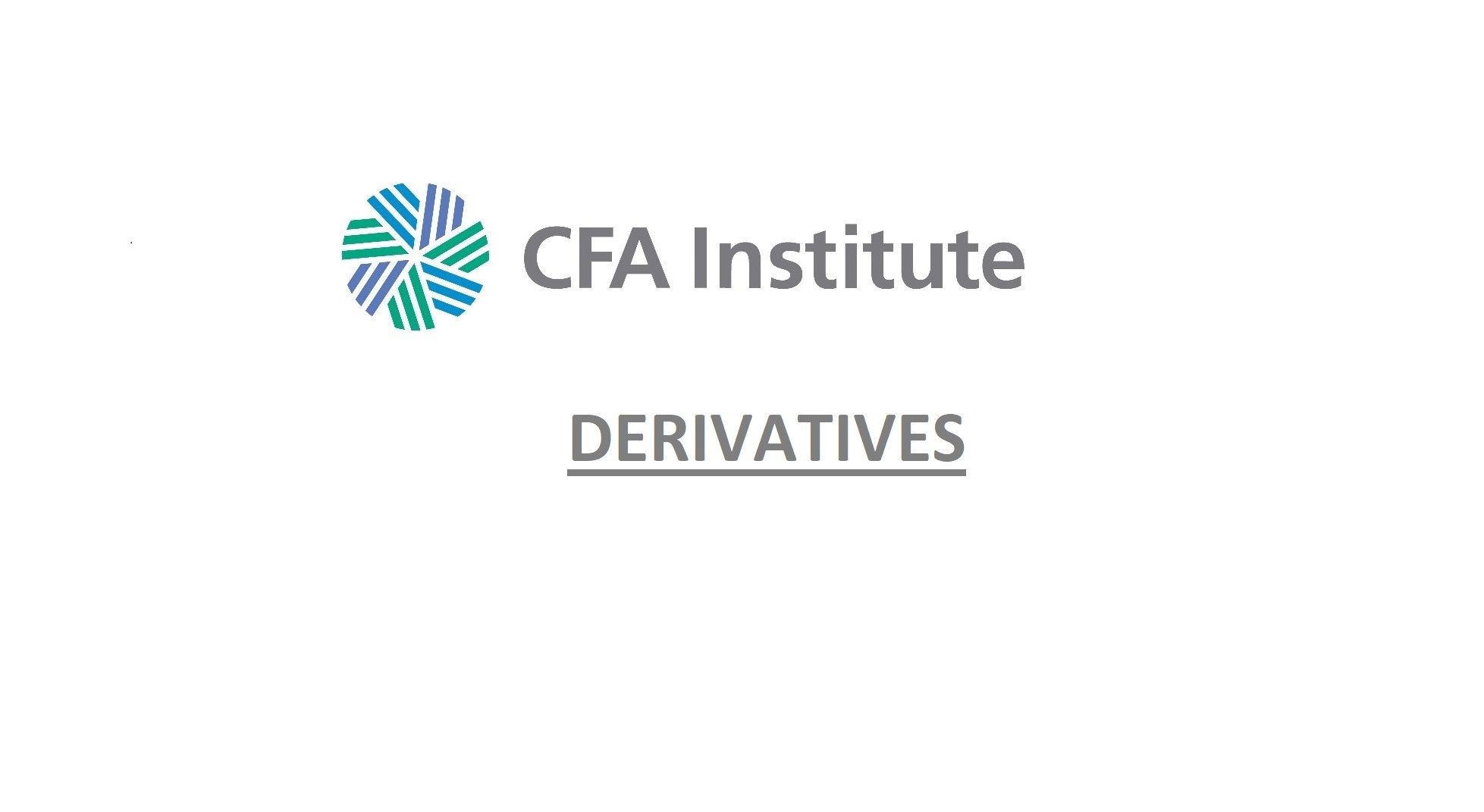Covered Calls
A covered call is a very common option strategy used by both individual and institutional investors.
At option expiration, the value of the covered call position is the stock price minus the exercise value of the call. Any appreciation beyond the exercise price belongs to the option buyer, so the covered call writer does not earn any gains beyond that point. Symbolically,
- Covered Call Expiration Value = ST – Max[(ST – X),0]
The profit at option expiration is the covered call value plus the option premium received minus the original price of the stock:
- Covered Call Profit at Expiration = ST – Max[(ST – X),0] + c0 – S0
In summary:
- Maximum gain = (X – S0) + c0
- Maximum loss = S0 – c0
- Breakeven price = S0 – c0
- Expiration value = ST – Max[(ST – X),0]
- Profit at expiration = ST – Max[(ST – X),0] + c0 – S0
In this strategy, a party that already owns shares sells a call option, giving another party the right to buy their shares at the exercise price. The investor owns the shares and has taken on the potential obligation to deliver the shares to the call option buyer and accept the exercise price as the price at which she sells the shares. For her willingness to do this, the investor receives the premium on the option.
The most common motivation for writing covered calls is cash generation in anticipation of limited upside moves in the underlying. The call option writer keeps the premium regardless of what happens in the future. It is important to recognize, however, that when someone writes a call option, he is essentially giving up the returns above the strike price to the call holder.
A second scenario where covered calls might be written is when an investor holds a position in a stock and intends to reduce that holding in the near future. However, there is a risk: if price at expiration is lower than strike price then the calls will not be exercised and the shares will not be sold—the opportunity to sell at the current favorable price will have been missed.
A third popular use of options is for target price realization. This strategy involves writing calls with an exercise price near the target price for the stock. Although this strategy is popular, the investor should not view it as a source of free money. Although the covered call writing program potentially adds to the return, there is also the chance that the stock could experience bad news or the overall market might pull back, resulting in an opportunity loss relative to the outright sale of the stock. The investor also would have an opportunity loss if the stock rose sharply above the exercise price and it was called away at a lower-than-market price.
Protective Puts
The protective put is often viewed as a classic example of buying insurance. The investor holds a risky asset and wants protection against a loss in value. He then buys insurance in the form of the put, paying a premium to the seller of the insurance, the put writer.
The exercise price of the put is similar to the coverage amount for an insurance policy. The insurance policy deductible is similar to the difference between the current asset price and the strike price of the put. A protective put with a low exercise price is like an insurance policy with a high deductible.
Although less expensive, a low strike put involves greater price exposure before the payoff function goes into the money. For an insurance policy, a higher deductible is less expensive and reflects the increased risk borne by the insured party. For a protective put, a lower exercise price is less costly and has a greater risk of loss in the position.
Like traditional term insurance, this form of insurance provides coverage for a period of time. At the end of the period, the insurance expires and either pays off or not. The buyer of the insurance may or may not choose to renew the insurance by buying another put.
In general, for a protective put:
- Maximum gain = ST – S0 – p0 = Unlimited
- Maximum loss = S0 – X + p0
- Breakeven price = S0 + p0
- Expiration value = ST + Max[(X – ST),0]
- Profit at expiration = ST + Max[(X – ST),0] – S0 – p0
